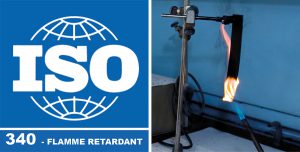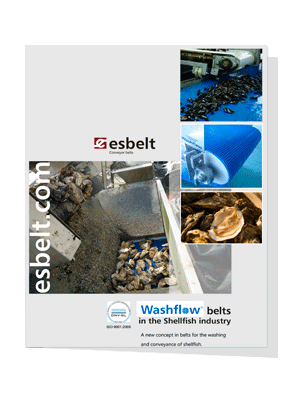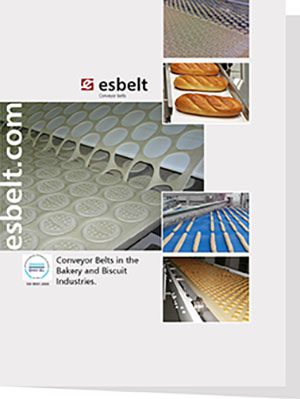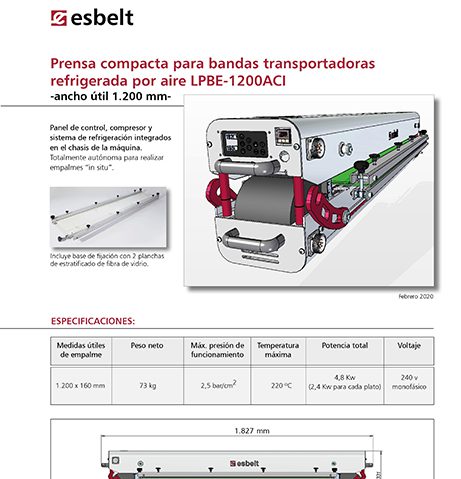Flame retardant
The flame retardant property measures the capacity of the conveyor belt to extinguish a flame on it and the ease with which the flame reappears once extinguished.
In esbelt, this inflammability test is carried out in accordance with the ISO 340 standard or ASTM D378 standard, depending on the belt application.
ISO 340 is an international flame retardant standard. This inflammability test is carried out in accordance with standard ISO 340 Conveyor Belts Flame Retardation Specifications and Test Method in the external laboratory Applus, a member of EGOLF European Group of Official Laboratories for FIRE Testing.
It specifies that six samples of the belt are required for the test. The flame is applied to three samples in the direction of the warp and another three in the direction of the weft. Once the flame is removed from the samples, it should go out within 15 seconds with each sample and the total time for the flame to go out with all six samples should be less than 45 seconds. The flame must not re-ignite when an air stream is applied.
ASTM D378 is the flame retardant standard applied to conveyor belts used in many airports in the United States of America. The method used to verify compliance with the standard is described in article 30 of the US Department of Labor’s Code of Federal Regulations (30 CFR) Mine Safety and Health Administration (MSHA)”.
In summary, four samples are taken, two in the direction of the warp and two in the direction of the weft, and are exposed separately to a flame. Once the flame is removed, the average extinguishing time for the flame must be less than one minute for the belt to be certified flame retardant in accordance with ASTM D378. The incandescence may not last for more than an average of 3 minutes, after removing the flame.
Our belts with flame retardant property are mainly for the Airports, Distribution and Logistics Centers and Refined Sugar sectors.









